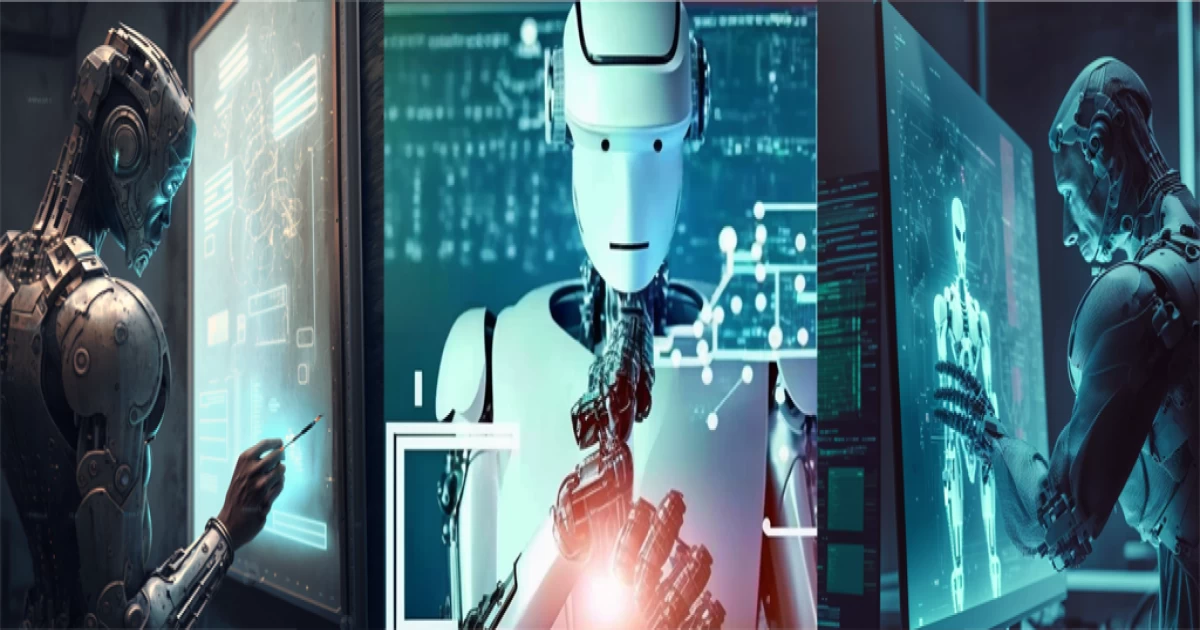- Home
- Ai
- Artificial Intelligence (AI)
Artificial Intelligence (AI) - Explained
Introduction
Artificial Intelligence (AI) is a field of computer science that deals with developing intelligent machines that can perform tasks that usually require human intelligence. AI is based on the principle that a computer can be programmed to simulate human cognitive abilities such as reasoning, learning, and perception.
In recent years, AI has become a hot topic in the world of technology. Many organizations, big and small, are investing heavily in AI to automate tasks, improve decision-making, and provide better services to customers. In this blog, we will cover the basics of AI, popular AI technologies such as Chat GPT, Mid Journey, different subfields of AI, real-world examples of its applications, and challenges and limitations of AI.
Types of AI
AI can be categorized into three types based on their capabilities:
Narrow or Weak AI: This type of AI is designed to perform a specific task. Examples of narrow AI include speech recognition, image recognition, and recommendation systems.
General AI: This type of AI is designed to perform any intellectual task that a human can do. General AI does not exist yet, and it is a topic of research and development.
Super AI: This type of AI is hypothetical and refers to an AI system that surpasses human intelligence in all areas.
Subfields of AI
AI is a broad field, and it has several subfields. Here are some of the main subfields of AI:
Machine Learning (ML): ML is a subfield of AI that focuses on developing algorithms that can learn from data. ML algorithms can recognize patterns, make predictions, and automate decision-making.
Natural Language Processing (NLP): NLP is a subfield of AI that focuses on developing algorithms that can understand and generate human language. NLP is used in chatbots, voice assistants, and translation services.
Robotics: Robotics is a subfield of AI that focuses on developing intelligent machines that can perform physical tasks. Robots can be used in manufacturing, healthcare, and transportation.
Computer Vision: Computer vision is a subfield of AI that focuses on developing algorithms that can recognize and analyze visual data. Computer vision is used in image recognition, self-driving cars, and surveillance.
Popular AI Technologies
Chat GPT: Chat GPT is a language model developed by OpenAI. It uses deep learning to generate human-like responses to text input. Chat GPT is used in chatbots, customer service, and language translation.
Mid Journey: Mid Journey is a conversational AI platform that uses NLP and ML to provide personalized recommendations and engage customers in natural conversations. Mid Journey is used in retail, healthcare, and finance.
Real-World Examples of AI Applications
Self-driving cars: Self-driving cars use computer vision and ML algorithms to recognize objects on the road and make decisions based on the information. Companies such as Waymo, Tesla, and Uber are investing heavily in self-driving car technology.
Healthcare: AI is used in healthcare to analyze medical data, diagnose diseases, and develop treatment plans. For example, IBM's Watson Health uses ML to analyze medical images and provide personalized treatment recommendations.
Finance: AI is used in finance to detect fraud, make investment decisions, and provide personalized financial advice. For example, Betterment uses ML algorithms to provide personalized investment recommendations to its customers.
Challenges and Limitations of AI
Bias: AI algorithms can be biased, leading to unfair or discriminatory outcomes. For example, facial recognition algorithms have been found to be less accurate for people with darker skin tones.
Privacy: AI algorithms can collect and process large amounts of personal data, raising concerns about privacy and security.
Explainability: AI algorithms can be complex, making it difficult to understand how they make decisions. This lack of explainability can be a challenge in critical applications such as healthcare or finance where the decisions made by AI can have significant impacts on people's lives.
Data quality: AI algorithms rely heavily on data to learn and make decisions. If the data is incomplete, biased, or inaccurate, it can lead to poor decisions.
Unemployment: AI has the potential to automate many jobs, leading to job loss and unemployment in some industries. It is important to consider the potential impact of AI on employment and to develop strategies to mitigate its effects.
Conclusion
AI is a rapidly growing field that has the potential to revolutionize many industries. From self-driving cars to healthcare, AI is already making a significant impact on our lives. However, it is important to consider the challenges and limitations of AI and to ensure that its development is ethical and responsible. As AI continues to advance, it will be exciting to see how it can be used to solve complex problems and improve our lives.





Comments
No comments yet.
Add Comment